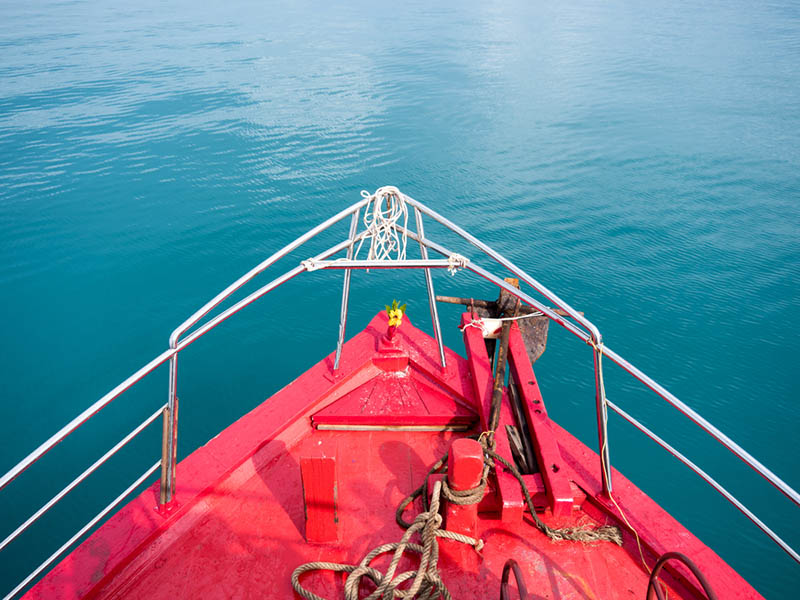Understanding the Requirements for Your Boat
Whether you’re just starting to think about owning a boat or you’ve been boating for years, understanding the Coast Guard Documentation requirements can help you navigate your way.
A Certificate of Documentation is federally recognized as evidence of nationality, ownership and a vessel’s origin. It provides for unhindered commerce between the states, admits vessels to certain restricted trades such as coastwise and fisheries, and helps protect a United States citizen’s economic privilege.
Documentation Requirements
When you purchase a new boat or get your existing one re-titled, it’s important to understand the requirements. Having a clear understanding of what is required will help you get the most from your vessel, while ensuring safety for yourself and others on board.
The Coast Guard has a list of requirements that all vessels must meet to be eligible for documentation. These include that the vessel must be wholly owned by a citizen or citizens of the United States and measure five net tons or more.
Those who have questions about the requirements should contact their local boating office for additional information.
Vessels are also required to be registered if they plan on operating in the US or Exclusive Economic Zone (EEZ). If the vessel is used for coastwise trade, it must also be documented.
Certificates of Documentation are issued for a validity period from one to five years. Starting in January 2022, recreational Certificates of Documentation will only be valid for a five-year period.
Documentation Fees
If you own a vessel, it is likely that you will need to apply for documentation. Documentation is a requirement for US Citizens who own vessels that are at least five net tons (about the size of a 26-foot boat).
A Certificate of Documentation is internationally recognized and makes it easier for American boats to enter foreign ports. It also allows for the use of a vessel in certain trades and establishes a boat’s nationality.
However, the cost of documentation is a consideration for many owners. They might choose to federally document their vessel for two main reasons: (1) they plan to use their vessel in international waters and do not want to display state registration numbers; or (2) they opted to finance their purchase and the bank requires documentation.
The Coast Guard charges $26 per year for renewal of documentation and recreational boaters can select a validity period, from one to five years. As of January 1, 2022, documentation costs will be fixed at $130.
Documentation Renewals
Boat owners who federally document their vessels with the Coast Guard are required to submit annual documentation renewals. This is important because a COD is internationally recognized and makes it easier to enter and leave foreign ports.
Many boaters choose to renew their vessel documentation through the Coast Guard National Vessel Documentation Center (NVDC). The NVDC offers fast, simple, and inexpensive renewals that cost $26 annually.
The Coast Guard also charges an administrative fee of $3.40 to process renewal applications and issue CODs, and it takes a GS-5 9 minutes to do so. A GS-7 employee, on the other hand, can approve a COD in one minute.
The Coast Guard has been working hard to reduce the cost of delivering COD renewal notifications to owners of recreational vessels. It has made this change in the rules to allow owners to select a renewal period of 1-5 years after a 3-year phase-in period. This will save the Coast Guard money, and will be a time-saver for the nearly 12 million recreational boats in the U.S.
Documentation Plaques
If your vessel is required to be federally nvdc by the Coast Guard, then you will have to display documentation plaques on the exterior of the boat. These are typically attached to some structural part of the hull, such as the transom.
Documentation plaques also display the vessel’s name in a form that is clearly readable. This usually consists of letters and does not exceed 33 characters in length.
Alternatively, a commercially documented vessel may opt for a block-type Arabic numeral vessel number that is at least three inches in height and affixed to some interior integral structure. The number must have a leading “NO.” as required by regulations.
US Coast Guard documentation of a boat is one of the most prestigious forms of registration. It provides benefits such as proof of nationality for international travel and offers unhindered commerce between states.